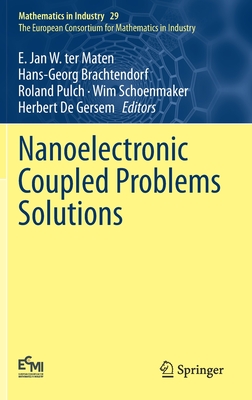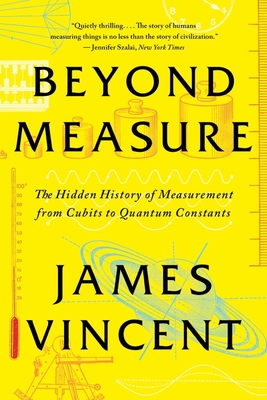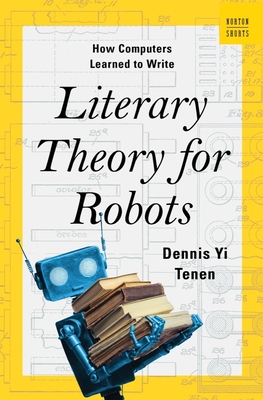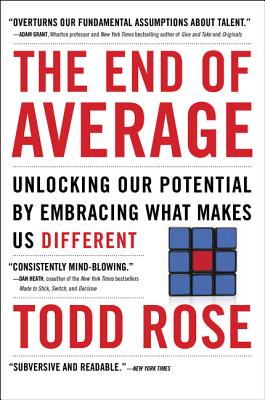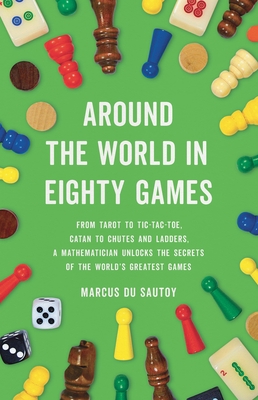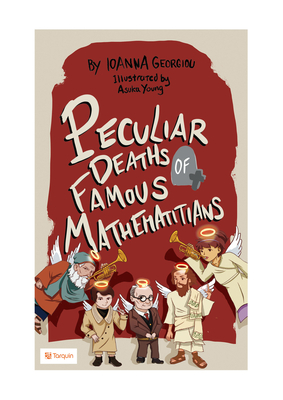Description
Equations, discretizations.- Time integration for coupled problems.- Uncertainty quantification.- Model order reduction.- Robustness, reliability, ageing.- Testcases and measurements.
About the Author
E. Jan W. ter Maten received his PhD in 1984 at Utrecht University, the Netherlands. Between 1983 and 2010 he worked at Philips and at NXP Semiconductors (Eindhoven, the Netherlands) on simulation techniques for coupled problems, including circuit simulation and model order reduction. In 2011 he joined the Univ. of Wuppertal as researcher. He is member of the Program Committee of the SCEE conferences (Scientific Computing in Electric Engineering) and since 2010 Secretary/Treasurer of ECMI (European Consortium for Mathematics in Industry). He was coordinator of the FP7-ICT collaborative project nanoCOPS (Nanoelectronic Coupled Problem Solutions) from which this book results. In the past he was Work Package Leader on model order reduction in the EU-RTN project CoMSON (first at Philips, later at NXP). He was Project Manager of the EU-ToK project O-MOORE-NICE! (NXP; also focusing on model order reduction) and of the FP7-ICT collaborative project ICESTARS (NXP: Integrated Circuit/EMSimulation and design Technologies for Advanced Radio Systems on chip). Between 2011 and 2014 he also worked for TU Eindhoven in the ENIAC JU project ARTEMOS (Agile RF Transceivers and Front-Ends for Future Smart Multi-Standard COmmunications ApplicationS) on uncertainty quantification and estimation of tail probabilities. He is co-editor of four proceedings of conferences and workshops and of one contributed volume.Hans-Georg Brachtendorf graduated in Electrical Engineering from RWTH Aachen, Germany, in 1989 and obtained the Ph.D. degree from the University of Bremen (Germany) at the Institute for Electromagnetic Theory and Microelectronics in 1994, also in Electrical Engineering, respectively. The Ph.D. thesis deals with the steady state analysis of RF circuits, partly funded by Philips Semiconductors Hamburg. From 1994-2001 he was an Assistant Professor (C1) also at the University of Bremen and obtained the Venia Legendi (Habilitation) from the same universityin 2001. In 1997-1998 he was affiliated with the Wireless Laboratory of Bell Laboratories/Lucent Technologies in Murray Hill/New Jersey, where he performed research in circuit simulation and design. In 2001 he joined the Fraunhofer Institute for Integrated Circuits in Erlangen, Germany. His focus there was on system design and simulation for satellite broadcasting systems (WorldSpace, XM radio) and transceiver designs. Since 2005 Dr. Brachtendorf is full professor at the University of Applied Science of Upper Austria for System Design and Simulation, Communications and Signal Processing. He is author and co-author of 1 book and numerous technical papers dealing mainly with circuit simulation, device modelling and numerics of ordinary and partial differential algebraic equations. He holds four patents in various fields of circuit analysis and design, including a patent for a novel image reject filter, a subsampling receiver architecture and on multi-ratesimulation techniques. His research interests include circuit design, modelling and simulation as well as signal processing and digital communication. Prof. Brachtendorf was Work Package Leader on time domain simulation methods in the FP7-ICT project nanoCOPS and in the ENIAC JU project ARTEMOS.Roland Pulch received his Diploma Degree in Mathematics and Physics at Darmstadt University of Technology (Germany) in 2000 and his PhD in Mathematics at Munich University of Technology (Germany) in 2003. He worked as a postdoctoral researcher at University of Wuppertal (Germany). In 2008, he became Assistant Professor in the field of numerical analysis and simulation of coupled problems at University of Wuppertal. Since 2013 up to date, Roland Pulch has the University Professorship on Applied Mathematics at the University of Greifswald (Germany). He was a work package leader in the EU-FP6-RTN project CoMSON as well as a local representative of the Universityof Wuppertal within the EU-FP7-ICT collaborative project ICESTARS. Prof Pulch was Work Package Leader on Uncertainty Quantification in the FP7-ICT project nanoCOPS.Wim Schoenmaker received his B.Sc. and M.Sc. degree in Physics from the Free University of Amsterdam in 1975 and 1979 in theoretical physics, and his Ph.D. degree in theoretical high-energy physics from the University of Groningen in 1983. From 1983 until 1987 he held post-doctoral positions in particle physics at the University of Kaiserslautern (Germany) and the University of Leuven (Belgium), where his research interests concerned lattice gauge theories and statistical physics and computing. In this research, the exploration and exploitation of large-scale computer resources has been a major theme. From 1987 until 2003 he was at the Interuniversity Microelectronic Center (IMEC) at Leuven, where he has been working on the development of numerical simulation tools and CAD tools for the study and design of electronic devices at the sub-micron level. From 1993-2003 he was heading the Technology CAD group at IMEC which is in charge of the software for process- and device simulation as well as the integration of these tools into advanced Technology CAD systems for microelectronic engineering. Besides the work dealing with the development of CAD tools for the microelectronic industry, there is also original research performed in the field of quantum transport in ultra-small devices as well as the development of a microscopic theory for electromigration phenomena. From 1998-2005, Wim Schoenmaker was an associate editor of the IEEE Transactions on Computer-Aided Design of Integrated Circuits and Systems. In 2003, he co-founded the company MAGWEL that provides software solutions for the simulation of interconnects and integrated passives on the medium and high-frequency range. In the recent years the product portfolio has been extended with a series of tools for integrity verification of power transistor lay-outs. The tools address voltage drop, electromigration reliability and electro-thermal analysis. Wim Schoenmaker is CTO of MAGWEL (2003-present). He is the (co-) author of 175 peer-reviewed journal papers and conference contributions, three patents, two books and two book chapters.Herbert De Gersem is born in 1971 and obtained the MSc and PhD degrees in electrical engineering at the KU Leuven (Belgium) in 1994 and 2001, respectively. From 2001 to 2006, he worked as a postdoc at TU Darmstadt (Germany). From 2006 to 2014, he worked as associate professor at the KU Leuven. Since 2014, he is appointed as full professor at the Institut für Theorie Elektromagnetischer Felder of the Technische Universität Darmstadt. He authored and co-authored more than 100 publications in international journals. His major research topics are electromagnetic field simulation with volumetric discretisation methods (finite element method, finite integrationtechnique, discontinuous Galerkin method) and the application thereof to electrical energy transducers (machines, actuators, transformers) and accelerator components (conventional and superconductive magnets and resonating cavities). Herbert De Gersem is a member of the board of the International Compumag Society (ICS), organising the two-yearly Compumag conference.
